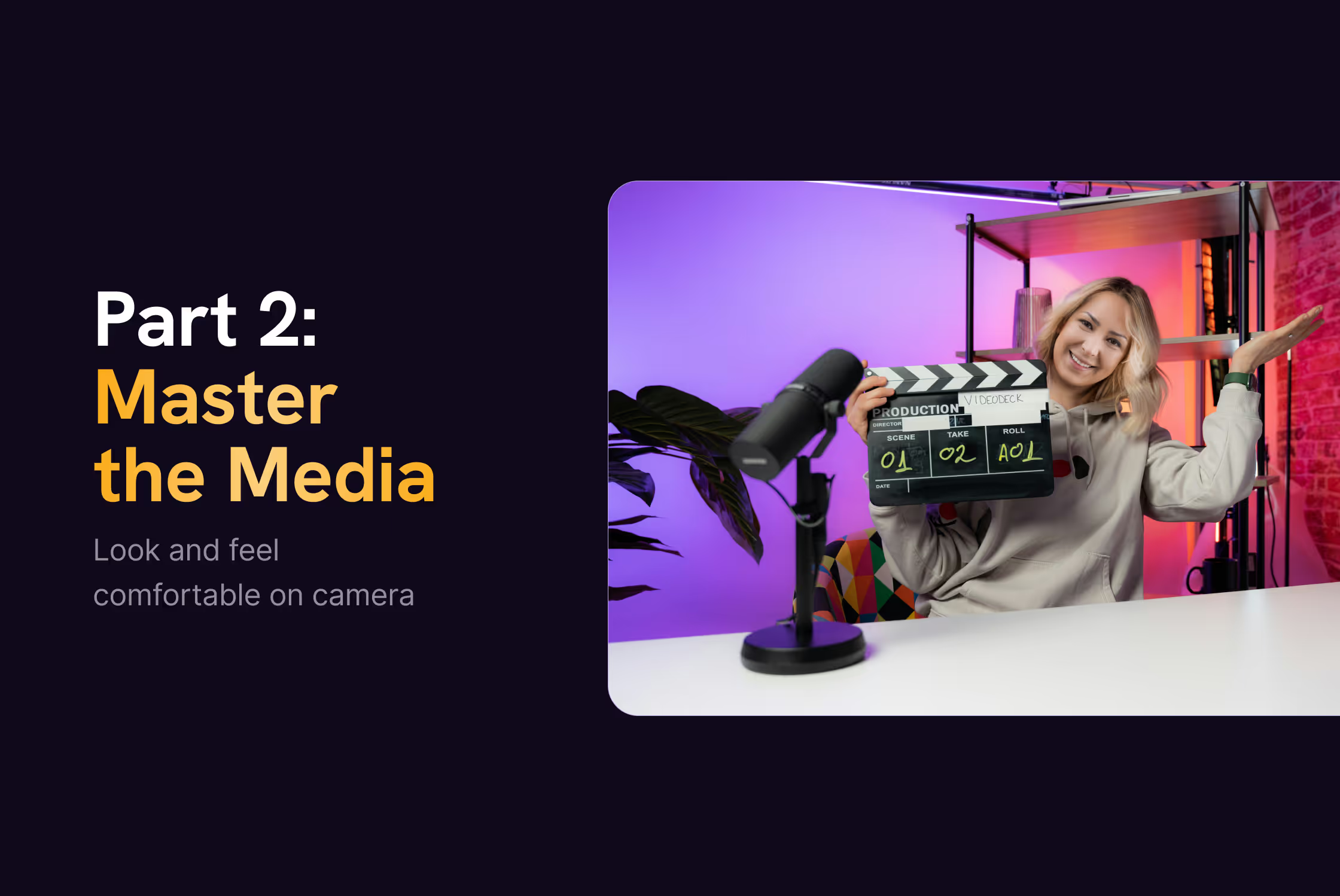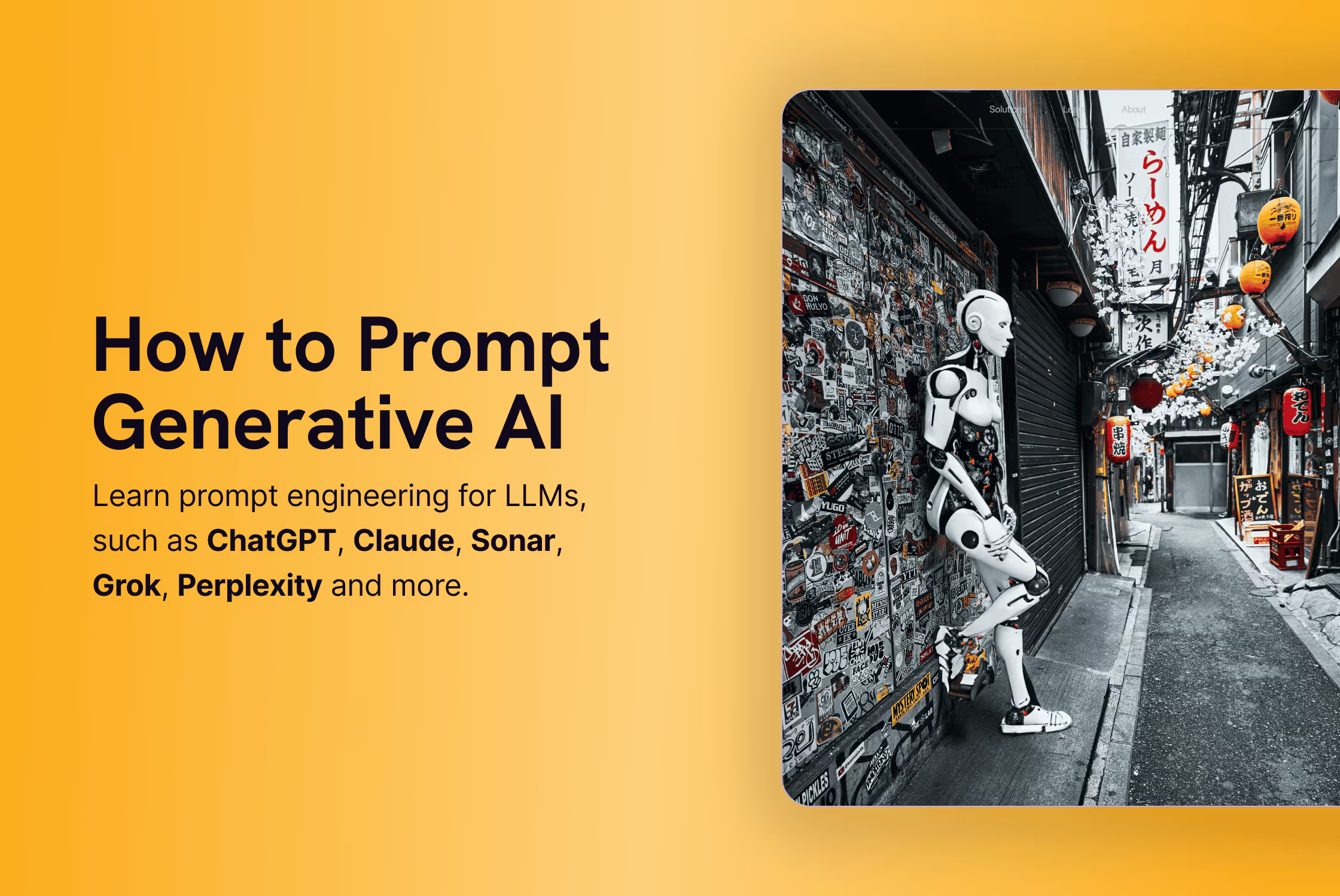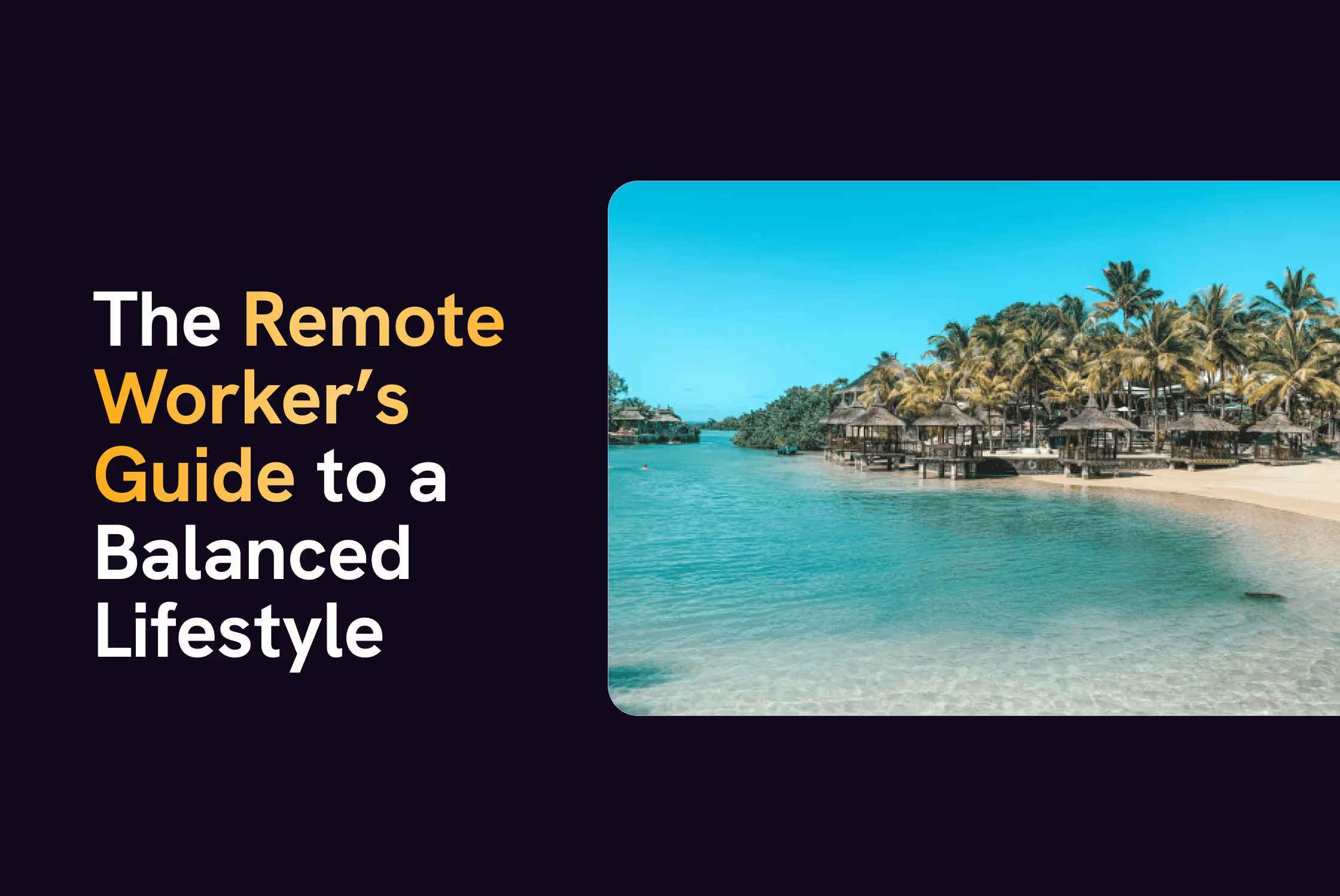11 Web Design Trends You Can't Ignore in 2025

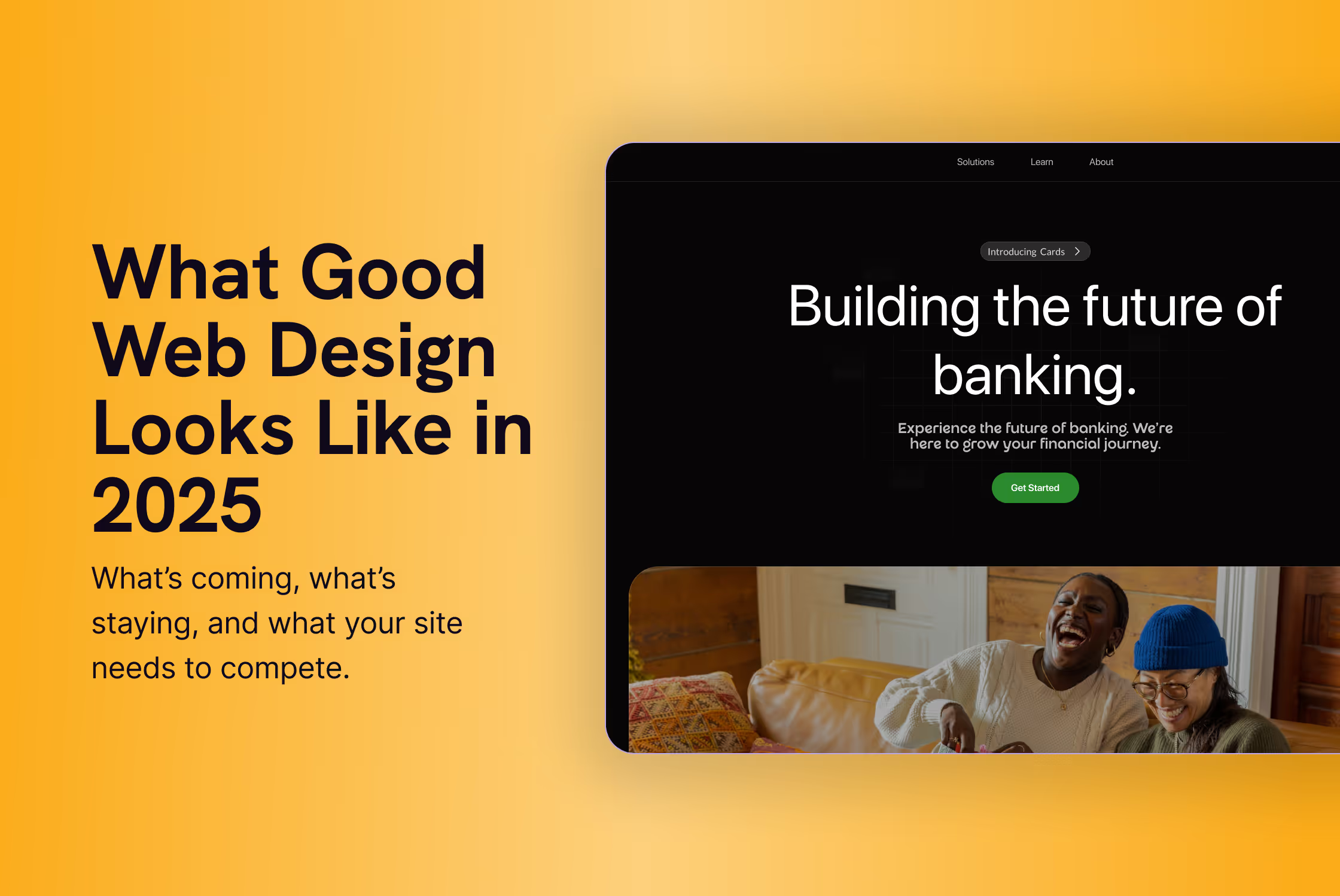
Web design is evolving faster than ever. As we look towards 2025, staying ahead of these changes can make the difference between a site that thrives and one that gets left behind. Here’s a closer look at the top trends that will shape web design and help your brand stand out.
AI-Driven Design.
In 2025, AI will be at the core of web design innovation, enabling hyper-personalised user experiences that adapt in real-time.
AI tools will streamline design processes even more than they do today by automating repetitive tasks like layout adjustments and content recommendations, allowing designers to focus more strategy and creative problem-solving.
More importantly, AI helps analyse user behaviour to deliver tailored content, improving engagement and conversion rates.
Elementor AI is an innovative feature within the popular Elementor page builder that simplifies web design. It allows even novice designers to create advanced websites by automating tasks like generating text, custom code, and styling. With AI-powered assistance, designers can focus on creativity while building professional, high-quality sites faster and more efficiently.
Brands that adopt AI-driven design will not only boost user satisfaction but also gain a competitive edge by delivering dynamic, data-driven experiences that keep them ahead in the market.
Imagine a website that instantly adjusts its layout, colours, and product suggestions based on how users interact – AI is turning this into reality.
This trend positions AI as a powerful co-creator rather than a replacement for human designers.
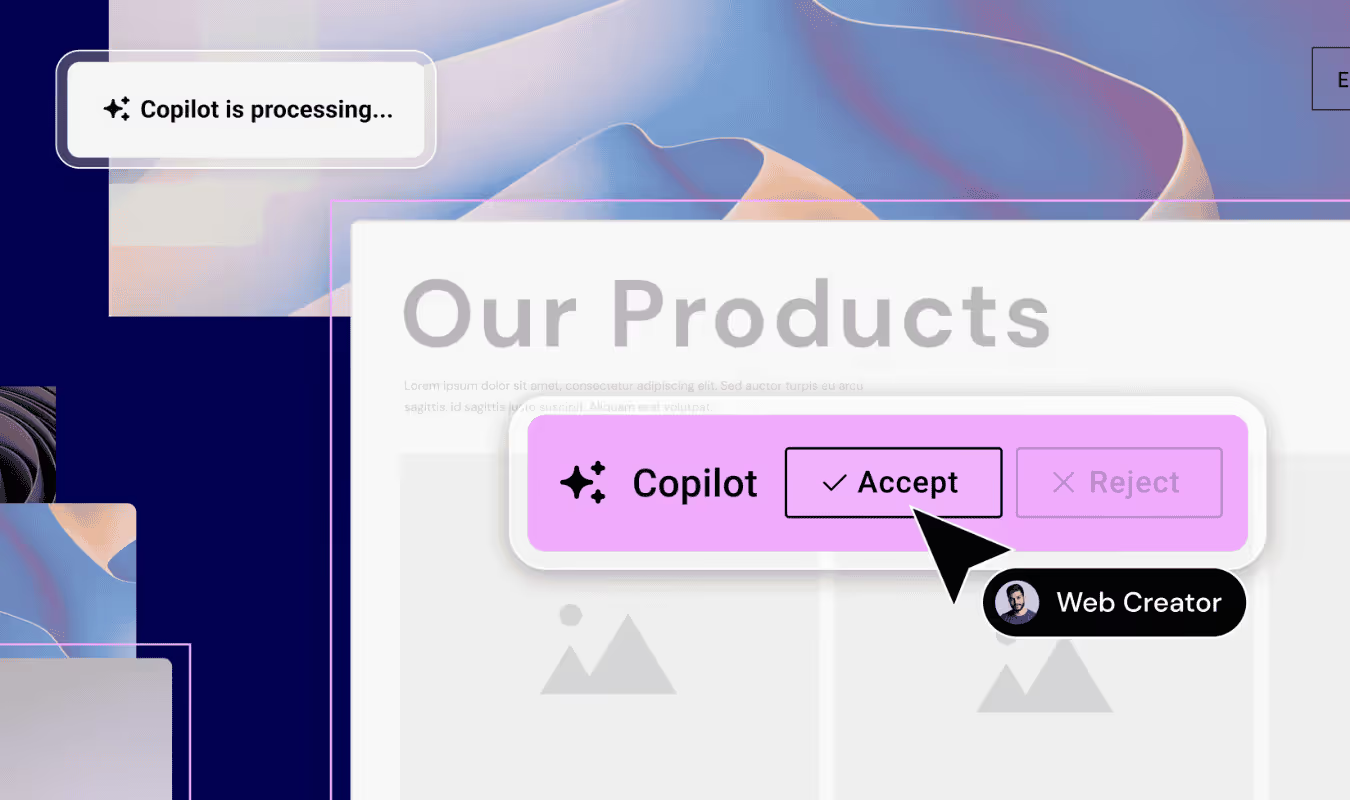
Dynamic User Interfaces (UI).
As users demand more personalised online interactions, dynamic UIs will play a pivotal role in shaping the future of web design.
By adapting layouts, content, and navigation based on individual user behaviour, dynamic UIs create seamless digital journeys that feel intuitive and engaging. In 2025, websites will evolve from static entities into adaptive platforms that respond fluidly to each visitor’s needs – whether it’s recommending relevant products or adjusting navigation based on past interactions.
Platforms like Netflix and Amazon are already leading the way with dynamic UIs that anticipate and respond to user needs. This trend is set to expand across industries, with interfaces that adapt layouts, personalise content, and offer real-time interactivity based on user actions.
Imagine a shopping site that instantly highlights products you frequently browse, creating a seamless, tailored experience that feels intuitive and engaging.
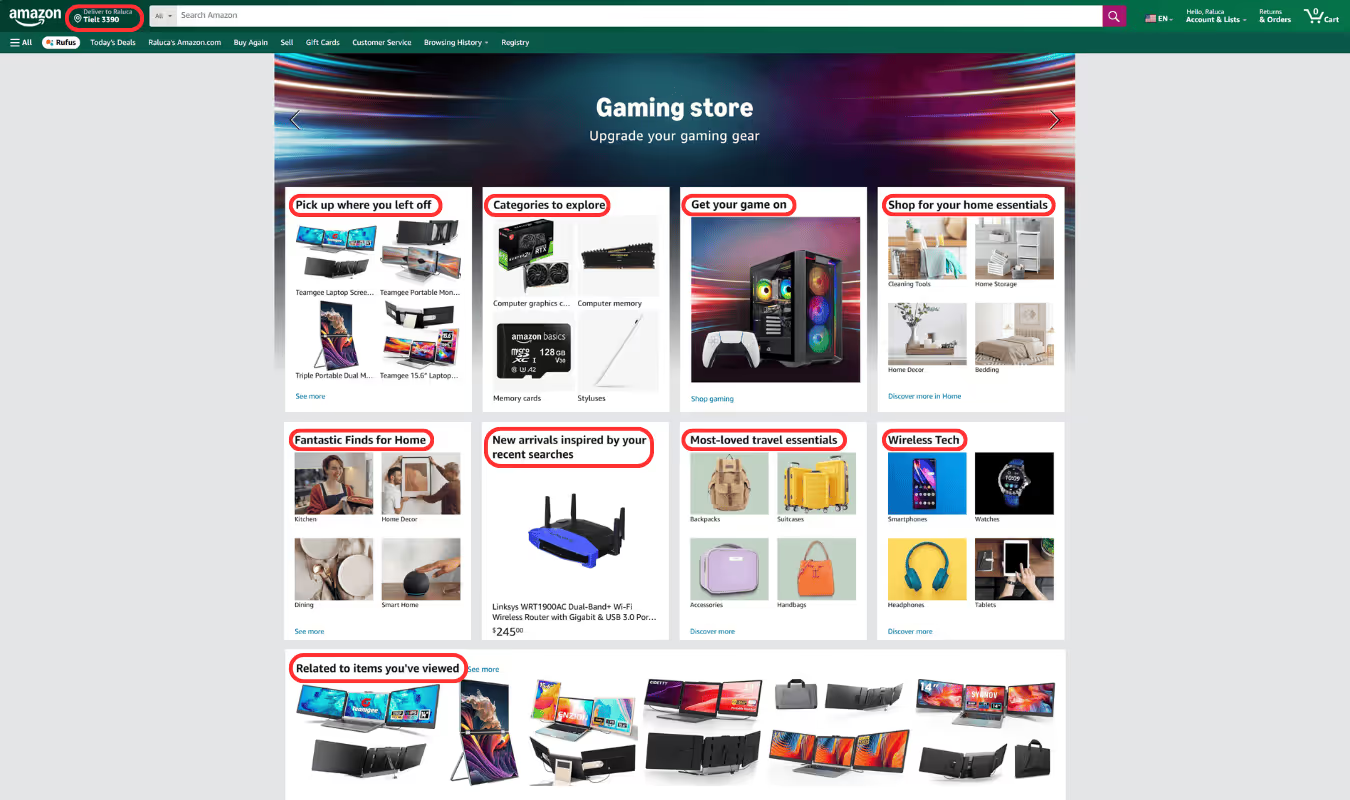
No-Code and Low-Code Platforms.
The rise of no-code and low-code platforms such as Webflow is making complex web design more accessible.
In 2025, these platforms will become even more powerful and intuitive, enabling designers to push creative boundaries while speeding up the development process.
For businesses, this means faster time-to-market and more flexibility in adapting their digital presence. No longer constrained by technical limitations, designers can focus on crafting unique user experiences that are both functional and visually compelling.
However, even with the rise of no-code and low-code platforms that simplify web development, the expertise of a professional designer remains essential.
They bring a deep understanding of design principles and user behaviour, crafting sites that are uniquely tailored to your brand and optimized for user experience.
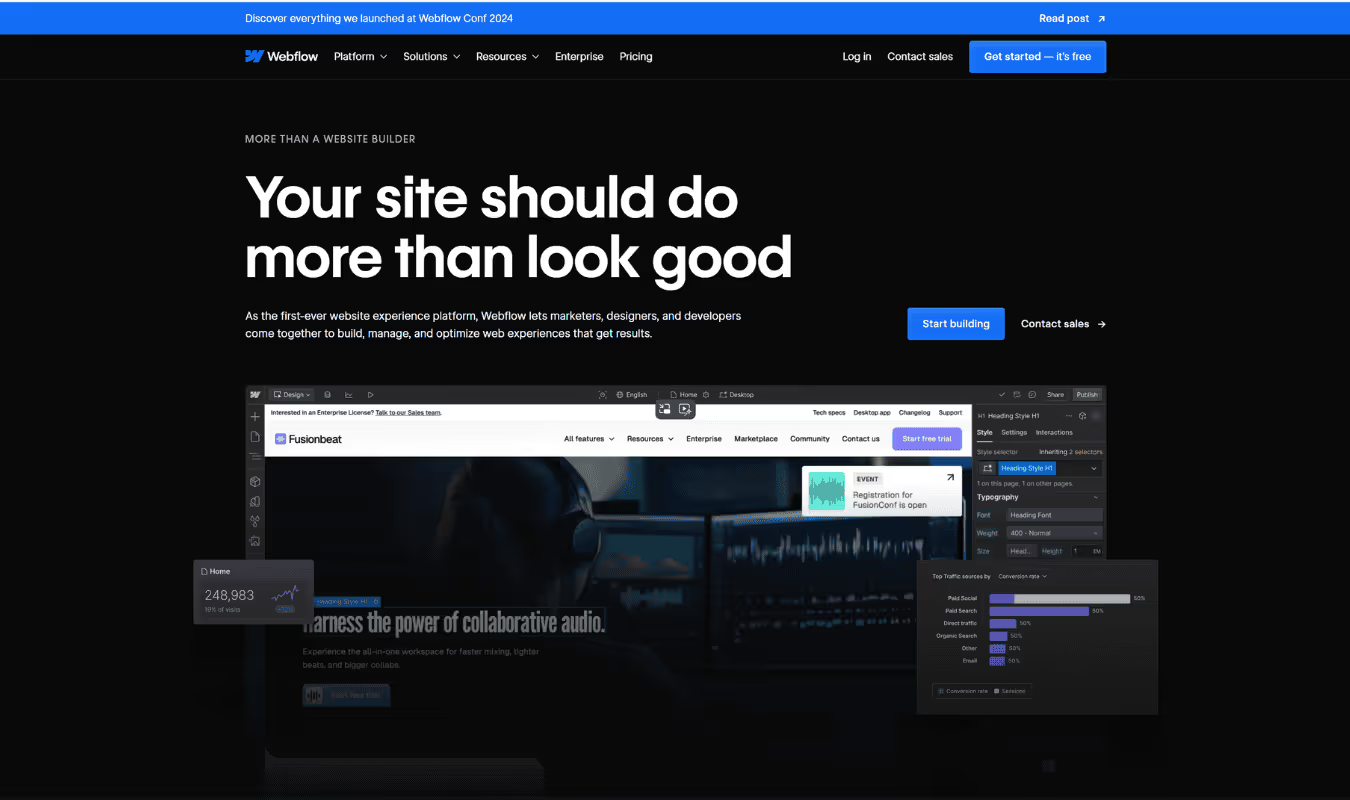
Micro-Animations and Scroll Animations.
In web design, it’s often the small details that make the biggest difference. Micro-animations are subtle movements that add depth and engagement to web pages without overwhelming users.
When used thoughtfully, these small animations can direct attention to key elements, improve usability, and make the overall experience feel more dynamic and immersive.
Paired with scroll-triggered animations that bring content to life as users navigate down the page, these techniques help tell a brand’s story in an interactive way and create immersive storytelling experiences.
Such interactive design elements increase the time users spend on your site, boosting overall engagement and click-through rates.
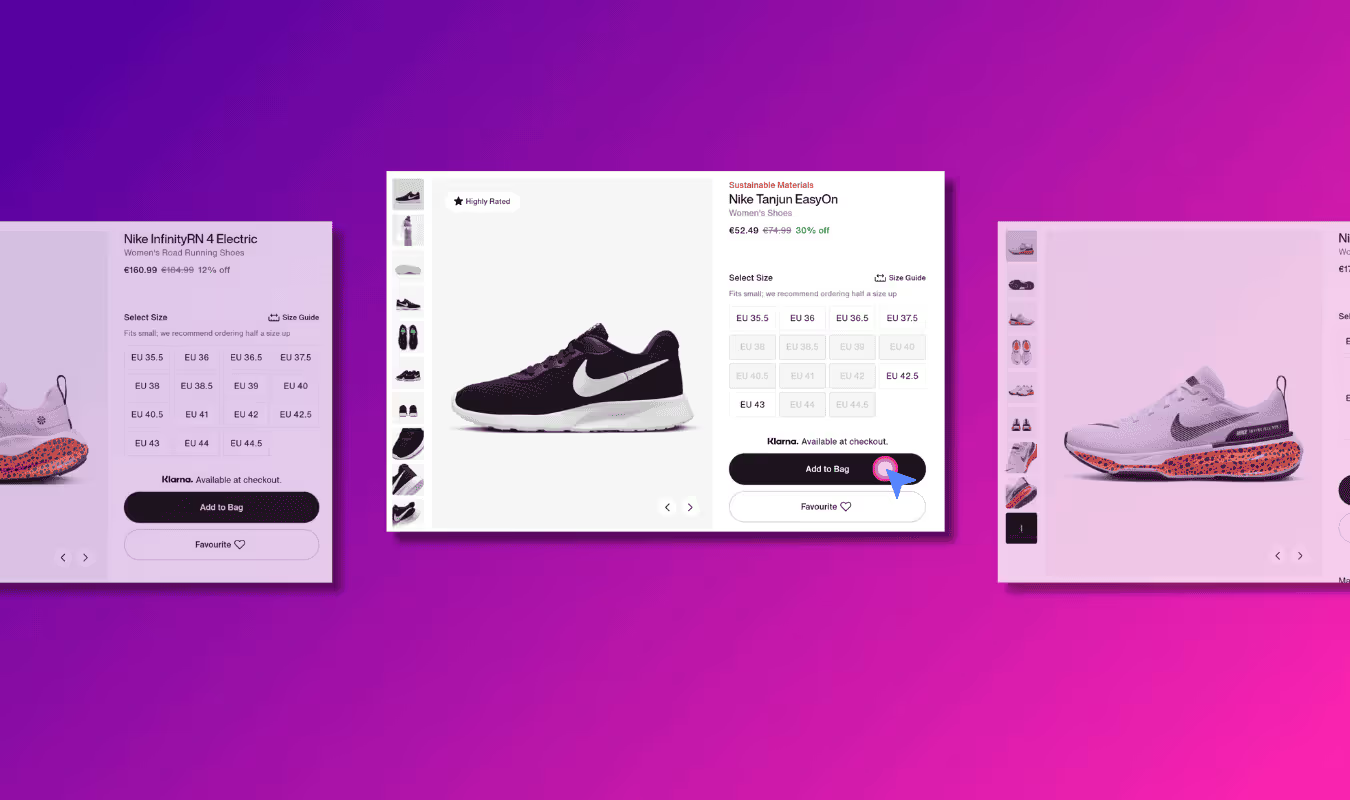
Custom Illustrations and Dynamic Cursors.
Stock images are quickly becoming outdated as brands seek more authentic ways to connect with their audiences online.
In 2025, custom illustrations will continue to replace generic stock images, offering brands a unique and authentic way to visually communicate their story.
Custom illustrations aren’t just about aesthetics – they’re about building a visual identity that resonates with your audience and aligns perfectly with your brand’s values and tone.
Adding to bespoked designs, dynamic cursors are becoming an exciting trend that enhances user interaction. These cursors change shape, colour, or behaviour based on a user’s actions, creating a more immersive and playful browsing experience.
Whether it’s a subtle animation when hovering over elements or a complete cursor transformation while interacting with key features, dynamic cursors add a layer of interactivity that keeps users engaged. Together, custom illustrations and dynamic cursors create a cohesive and memorable digital experience that makes your brand instantly recognisable.
Minimalism Meets Maximalism.
In 2025, a new trend is emerging that blends the clean simplicity of minimalism with the bold expressiveness of maximalism.
Dubbed Minimalist Maximalism, this approach balances sleek, functional layouts with vibrant colours, large typography, and eclectic design elements.
It’s an evolution of minimalism that adds more personality and flair, while keeping the focus on usability and clarity.
This trend is perfect for brands looking to make a statement while maintaining a professional, user-friendly experience.
Imagine a website where bold colours and oversized fonts draw attention to key areas, yet the overall structure remains simple and intuitive. Minimalist Maximalism is all about creating impact without overwhelming the user – striking the perfect balance between simplicity and bold expression.
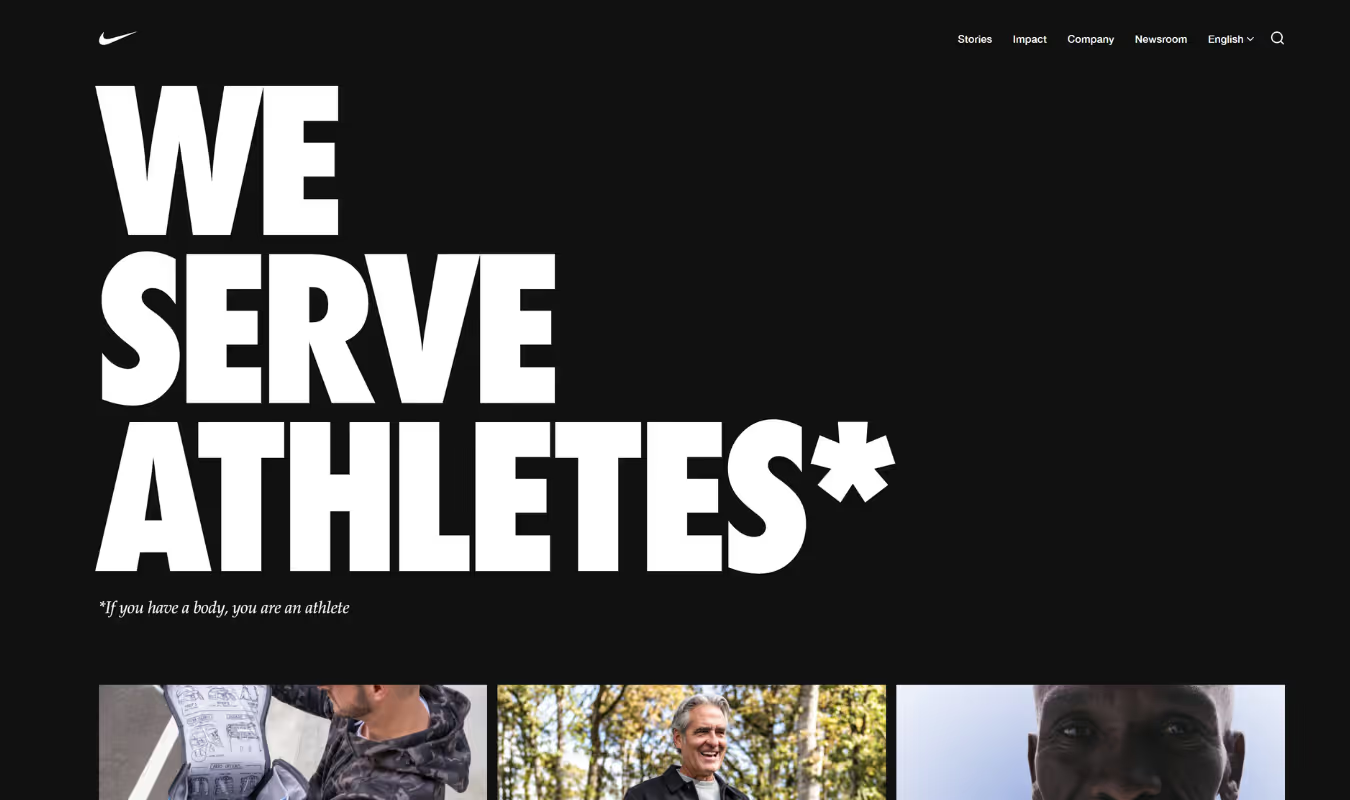
Sustainability in Web Design.
Sustainability is becoming an integral part of web design as consumers demand more eco-conscious practices from brands they support.
In 2025, sustainable web design will go beyond using earthy colour palettes—it will involve optimising website performance to reduce energy consumption (think faster load times) and choosing eco-friendly hosting solutions.
Brands that prioritise sustainability in their web design are doing more than just appealing to socially conscious consumers – they’re actively reducing the environmental footprint of their digital presence. By optimising website performance, using eco-friendly hosting solutions, and adopting minimalist design approaches that reduce data load, these brands demonstrate a commitment to responsible digital practices.
Voice User Interfaces (VUI).
With the growing popularity of voice-activated assistants like Alexa and Siri, Voice User Interfaces (VUIs) are becoming more integrated into web design.
In 2025, we’ll see more websites incorporating voice search options and voice-activated navigation features to cater to users who prefer hands-free browsing.
This trend is not just about convenience – it’s about enhancing accessibility and inclusivity.
VUIs allow users to interact with websites through simple voice commands, making it easier for people with disabilities or those in multitasking environments to navigate digital content seamlessly. As voice technology continues to evolve, integrating VUIs into your website will not only future-proof your digital presence but also create a more inclusive experience for a broader range of users.
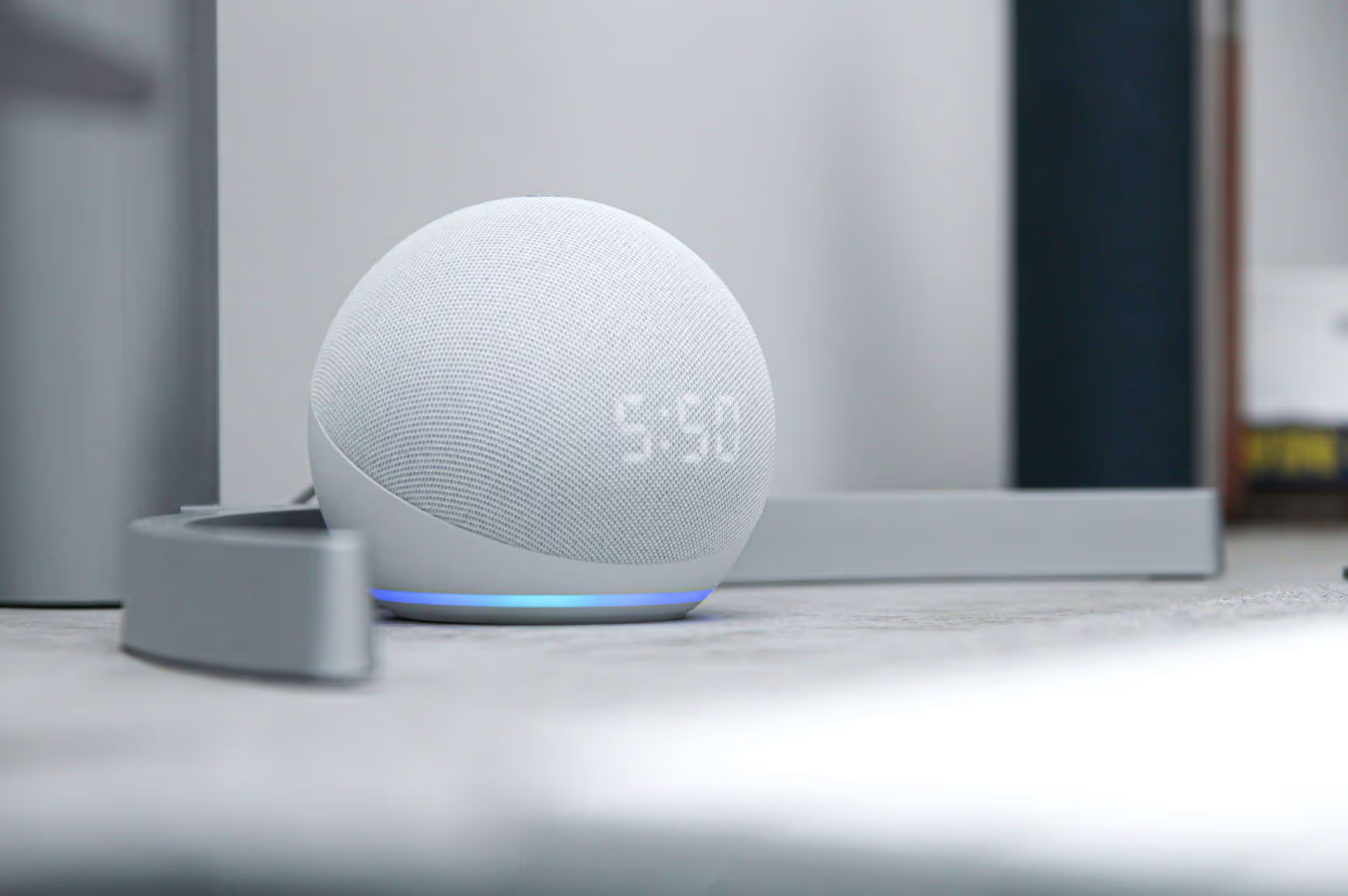
Dark Mode.
Dark mode remains popular due to its sleek appearance and energy-saving benefits, particularly on OLED screens, where it conserves battery life while reducing eye strain during nighttime browsing sessions.
In 2025, offering dark mode as an option will become standard practice across websites as part of personalisation features that cater to user preferences for light or dark themes.
This feature not only improves user comfort, but enhances accessibility while giving users greater control over their browsing experience.

Immersive Visuals: Cinematic Experiences.
Full-page headers or hero sections are becoming standard, but 2025 will take them to the next level with cinematic visuals.
Whether through high-quality photography, videos, or interactive 3D graphics, these elements create a captivating first impression right from the get-go.
By drawing visitors into brand story immediately upon landing site cinematic visuals set tone deeper engagement invite exploration interaction.
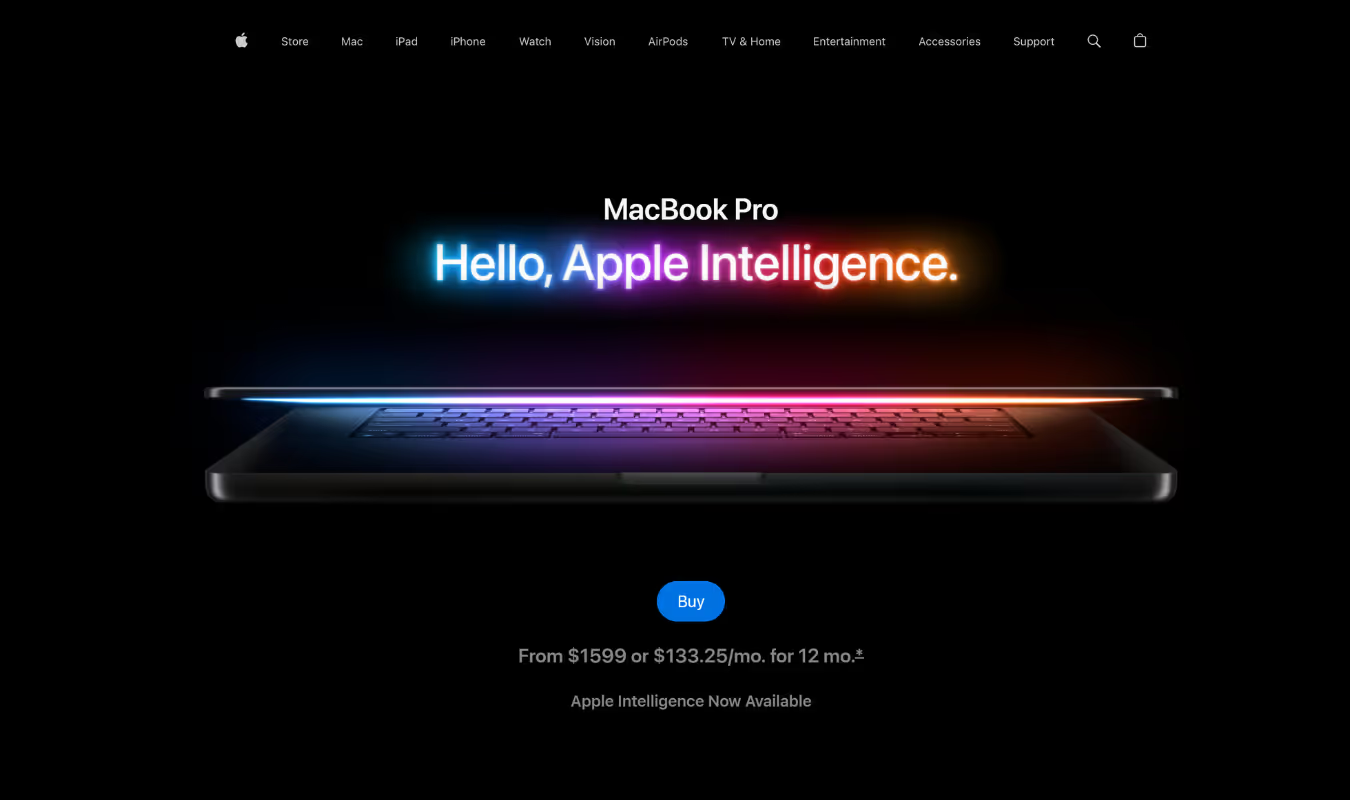
Bento Grid Layouts.
The Bento grid layout is a perfect blend of structure and creativity – organising content into modular sections that are easy to navigate while maintaining visual interest.
Inspired by Japanese bento boxes, this layout offers flexibility without sacrificing clarity or aesthetic appeal.
In 2025, Bento grids will be favoured by brands seeking a clean yet dynamic way to present information – whether it’s showcasing products or telling a brand story. This layout allows for a minimalist approach while still providing room for bold visuals and engaging content.
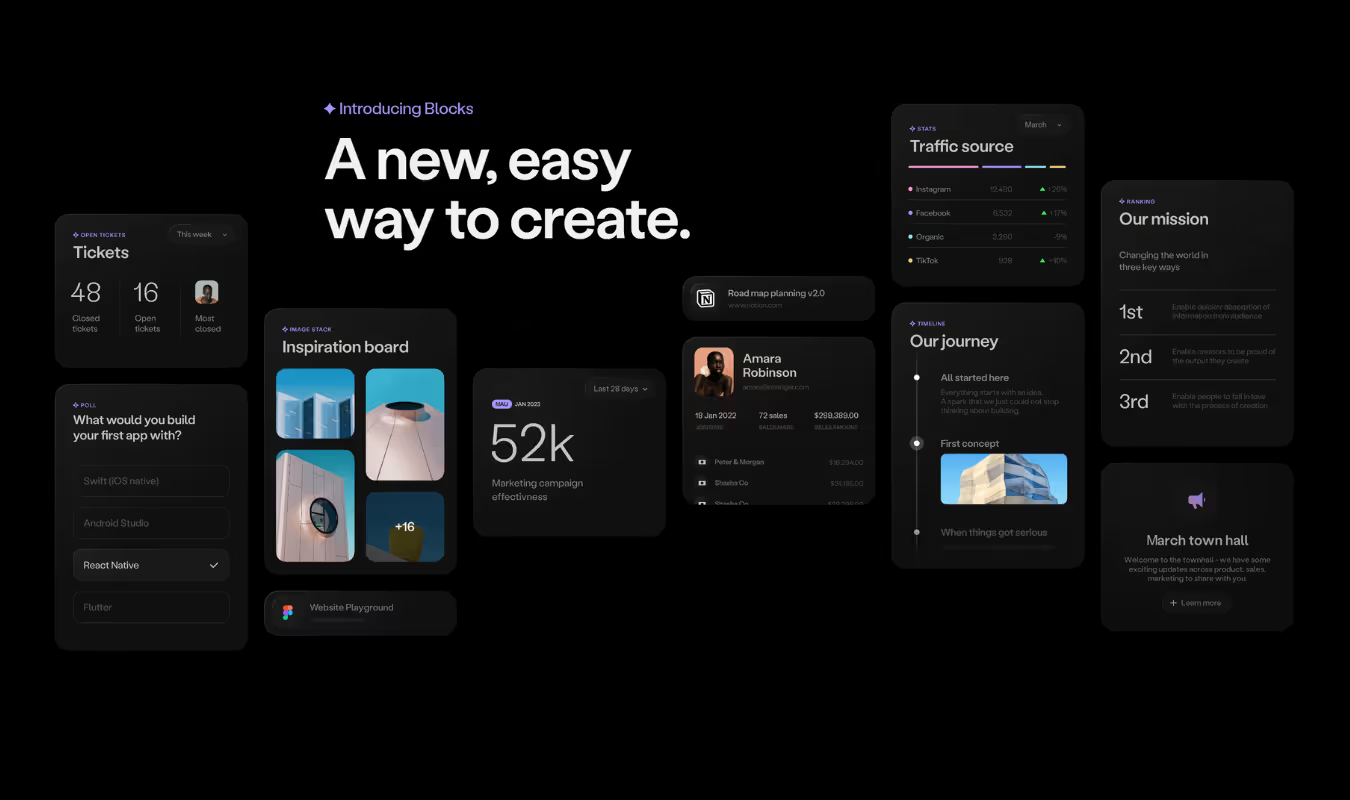
Staying Ahead with Brands Untamed.
As we move into 2025, embracing these trends is essential for creating engaging, user-friendly websites that captivate audiences.
At Brands Untamed, we don’t just follow trends – we help you harness them to create lasting impact. We’re excited to combine cutting-edge technology with creative storytelling to elevate your brand’s online presence.
Ready to make your website future-ready? Contact us for a chat on how we can bring these trends into your digital strategy!



